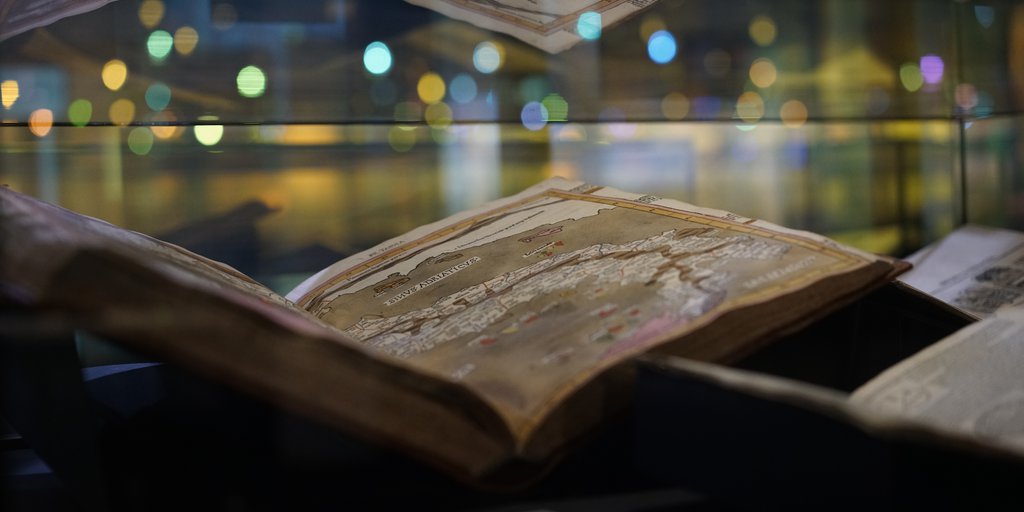
The World, Great and Small <
The ancients called man a world in miniature, and that is well-said, because indeed man is made of earth, water, air, and fire, and thus his body is like the Earth. Just as man has bones as a support and framework for his flesh,
so the world has stone to support the Earth …
Leonardo da Vinci
Paris MS A, fol. 55v. Translation: Amanda DeMarco
Visual arts, science, and technology were closely intertwined in 15th-century Italy. At the same time, the individual disciplines were part of the evolution of a more comprehensive worldview and the intensive exploration of the relationship between the macrocosm and the microcosm.
The worldview at large continued to rely on the geocentric tradition handed down from antiquity, with the Earth as the center of the universe surrounded by different hierarchically arranged spheres, from the sphere of water to the sphere of the fixed stars. The steady growth of knowledge, due not least to the geographical insights gained by voyages of discovery, increasingly called this view into question. In addition, intensified studies of nature in general and of the human body in particular, expanded knowledge of the world on the small scale.
It was hoped that this would lead not only to advances in science, medicine, and artistic representation, but also to a deeper understanding of the fundamental principles of life. The quest for such knowledge of nature was a central motif in Leonardo da Vinci’s creative work. The rapid development of printing continually increased the knowledge sources available to the artist-scientist, facilitating his search for an integrative worldview. At the same time, he was able to help shape this worldview through his own contributions: on a small scale through his analytical studies of the human body, and on a large scale through maps and depictions of astronomical phenomena.
Near and Distant Views <
 | 94.
Optical experiment ca. 1508–1509 |

Leonardo’s late text On the Human Eye (dellocchio vmano) is written partly as a dialogue (in the form of argument and counterargument) on the sense of sight, and presents numerous experiments on optical phenomena. The curious experimental set-up described at the top righthand side with the explanatory drawing is supposed to illustrate how visual perception (virtù visiva) functions by means of the eye as an “instrument” or, in Leonardo’s words, how the optic rays emanated by the object are registered by the sense of sight. To this end, the test subject is supposed to immerse their own eyes in a model eye. This is simulated by a tinted glass globe filled with water (uvea), a box at the bottom with an opening corresponding to the pupil, and an inner sphere of thin glass in place of the lens.
References
Fehrenbach, Frank. 2002. “Der oszillierende Blick. ‘Sfumato’ und die Optik des späten Leonardo.” Zeitschrift für Kunstgeschichte 65 (4): 522–544.
Quaglino, Margherita. 2013. Glossario Leonardiano. Nomenclatura dell’ottica e della prospettiva nei codici di Francia. Vol. 4. Biblioteca Leonardiana. Studi e Documenti. Florence: Olschki.
Strong, Donald Sanderson. 1979. Leonardo on the Eye. An English Translation and Critical Commentary of MS D in the Bibliothèque Nationale, Paris. New York / London: Garland.








